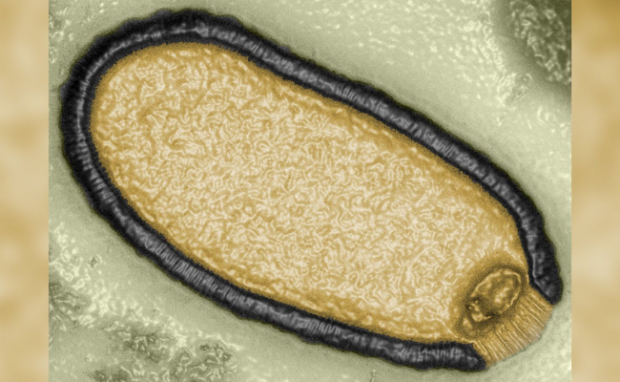Golden orb found under the sea
A NOAA Ocean Exploration vessel encountered a strange, golden orb under the sea. The sphere shimmered in dazzling metallic yellow, but closer inspection revealed its soft texture. More importantly, scientists said it might be an egg from an unknown underwater creature. After all, it seems something hatched from the orb!
We often look to the stars when we hear about the “final frontier” or “exploration of the unknown.” However, we should start looking down into the deepest depths of our oceans, for they hide bizarre creatures that seem pulled from sci-fi films. One of them might originate from that golden ball!
This article will elaborate on the strange golden orb scientists found under the sea. Later, I will share other interesting finds under the water.
What do we know about the golden orb?
Scientists from the National Oceanic and Atmospheric Administration (NOAA) found the golden orb in September 2023 at around 3,300 meters below the Alaskan coast. ScienceAlert says it was “tightly adhered” to a rock covered in white sponges.
It measured around 10 cm or 4” across with a hole in one side. Scientists said it might be an egg casing from an unknown species, a dead sponge, or a coral.
“I don’t know what to make of that, said one of the researchers in the livestream. “It’s definitely got a big old hole in it, so something either tried to get in or tried to get out,” another expert speculated. “I just hope when we poke it, something doesn’t decide to come out,” one scientist said.
“It’s like the beginning of a horror movie,” he added. Deep-sea ecologist Kerry Howell shared more details about the golden orb’s texture:
“We’re going with egg because of the texture. It felt fleshy, and it doesn’t have any obvious anatomy. It has a hole in it that suggests something has come in or gone out. But it doesn’t look like any egg I’ve ever seen.”
You may also like: China builds first-ever underwater data center
“If it is an egg, the really interesting question is whose egg is it. It’s quite big. That’s not a small fish egg. That’s a sizable thing.” Researchers collected the shiny ball via suction for further study.
They will also check its DNA to determine the organism that made it. They believe it is an egg, but that still makes the golden orb a strange object.
ScienceAlert says most oviparous or egg-laying animals lay eggs in clutches. More importantly, the creature that laid it must be massive, considering the golden orb’s size!
Other underwater discoveries

Scientists have also discovered zombie viruses under the icy banks of Russia’s Kolyma River. Birgitta Evengård, professor emerita at Umea University’s Department of Clinical Microbiology in Sweden, said we must monitor zombie viruses due to their potential threat.
“You must remember our immune defense has been developed in close contact with our microbiological surroundings. If there is a virus hidden in the permafrost that we have not been in contact with for thousands of years, it might be that our immune defense is not sufficient,” she said.
NASA defines permafrost as “any ground that remains completely frozen—32°F (0°C) or colder—for at least two years straight.” Virus expert Jean-Michel Claverie has studied these “giant” viruses for over ten years.
He and his team confirmed ancient pathogens from the Siberian permafrost remain infectious. With climate change, we are used to thinking of dangers coming from the south,” Claverie said, referring to diseases spreading from tropical regions.
“Now, we realize there might be some danger coming from the north as the permafrost thaws and frees microbes, bacteria, and viruses,” he added. Some might think zombie virus warnings are fear-mongering, but similar threats have emerged.
You may also like: Rare 1,000-year-old chicken egg cracked
In 2016, a heat wave in Siberia activated anthrax sores. Consequently, they infected dozens and killed thousands of reindeer and a child. Claverie has found seven families of zombie viruses, ranging from 27,000 to 48,500 years old.
Australia’s 9 News report states, “We view these amoeba-infecting viruses as surrogates for all other possible viruses that might be in the permafrost.”
“If the amoeba viruses are still alive, there is no reason why the other viruses will not be still alive and capable of infecting their own hosts,” he added.
Conclusion
Scientists found a mysterious golden orb deep below the coast of Alaska. Most believe it could be an egg from an undiscovered species, so they extracted it for further study.
DNA analysis will eventually pinpoint the creature that may have created this shimmering sphere. We haven’t specified this marine animal at the time of writing.
Look up to the stars or the oceans, and you’ll see frontiers waiting to be explored. Check out what the world’s best and brightest have learned at Inquirer Tech.